Filter by
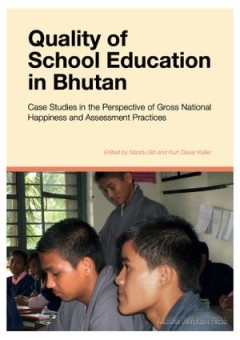
Quality of School Education in Bhutan
This book is a product of a collaborative Bhutanese-Danish research project concerning the quality of school education in Bhutanese secondary schools. The empirical investigations that were at the center of the project took part in 2012-2014 and consisted in case study of seven selected schools, which was prepared through a small quantitative pilot study and followed up by a questionnaire with …
- Edition
- -
- ISBN/ISSN
- 9788771125962
- Collation
- 204 halaman
- Series Title
- -
- Call Number
- 370 QUA

Transforming Research Excellence New Ideas from the Global South
"Modern-day science is under great pressure. A potent mix of increasing expectations, limited resources, tensions between competition and cooperation, and the need for evidence-based funding is creating major change in how science is conducted and perceived. Amidst this ‘perfect storm’ is the allure of ‘research excellence’, a concept that drives decisions made by universities and funde…
- Edition
- -
- ISBN/ISSN
- -
- Collation
- -
- Series Title
- -
- Call Number
- -
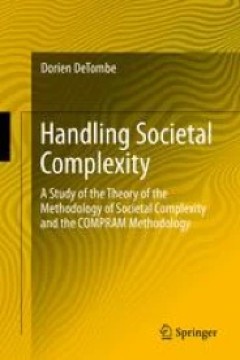
Handling Societal Complexity A Study of the Theory of the Methodology of Soc…
This handbook for the Methodology of Societal Complexity describes the theoretical development of the field and lays the foundation for the application of the Compram Methodology in the context of addressing complex societal problems. As such, it offers a valuable resource for scientists, practitioners, politicians, master and PhD students in the fields of methodology, the social sciences, oper…
- Edition
- -
- ISBN/ISSN
- 978-3-662-43916-6
- Collation
- XXIV, 551
- Series Title
- -
- Call Number
- 001 DeT h
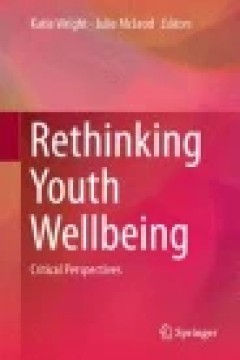
Rethinking Youth Wellbeing
This volume offers a critical rethinking of the construct of youth wellbeing, stepping back from taken-for-granted and psychologically inflected understandings. Wellbeing has become a catchphrase in educational, health and social care policies internationally, informing a range of school programs and social interventions and increasingly shaping everyday understandings of young people. Drawing …
- Edition
- Ed. 1
- ISBN/ISSN
- 978-981-287-188-6
- Collation
- -
- Series Title
- -
- Call Number
- -
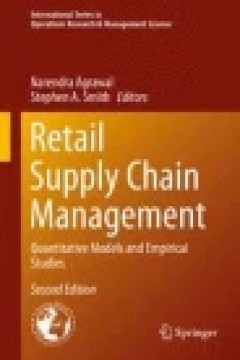
Retail Supply Chain Management
This new edition focuses on three crucial areas of retail supply chain management: (1) empirical studies of retail supply chain practices, (2) assortment and inventory planning and (3) integrating price optimization into retail supply chain decisions. The book has been fully updated, expanding on the distinguishing features of the original, while offering three new chapters on recent topics whi…
- Edition
- -
- ISBN/ISSN
- 978-1-4899-7742-7
- Collation
- -
- Series Title
- -
- Call Number
- -
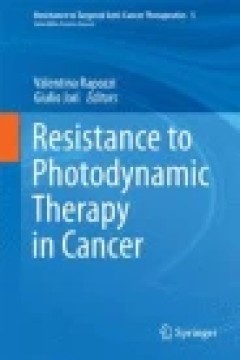
Resistance to Photodynamic Therapy in Cancer
This volume provides a comprehensive review of resistance induced by photodynamic therapy (PDT) in tumor cells. Understanding the underlying mechanisms in this process leads to the improvement of therapeutic modality, in combination with chemotherapy, immunotherapy, and radiotherapy. Photodynamic therapy is a minimally invasive therapeutic procedure that can exert a selective or preferential cy…
- Edition
- Ed. 1
- ISBN/ISSN
- 978-3-319-12730-9
- Collation
- -
- Series Title
- -
- Call Number
- -

Resistance to Targeted ABC Transporters in Cancer
This critical review volume explores the theme of ABC transporters in the context of basic cancer research and its role in drug-resistant tumors. The chapters provided complement basic research by including investigations from translational applications to clinical oncology. The development of resistance is a major obstacle in cancer chemotherapy and the field has been moving rapidly in terms o…
- Edition
- Ed. 1
- ISBN/ISSN
- -
- Collation
- -
- Series Title
- -
- Call Number
- -

Resistance to Targeted Therapies Against Adult Brain Cancers
This volume will bring together a review of research being carried out by international experts in this field, detailing treatment and research approaches in several forms of malignant brain tumors. These include glioblastoma (GBM), a highly aggressive and fatal form of astrocytoma which accounts for 80% of newly diagnosed brain tumor patients per year, and meningioma, of which 10% are malignan…
- Edition
- Ed. 1
- ISBN/ISSN
- 978-3-319-46505-0
- Collation
- -
- Series Title
- -
- Call Number
- -
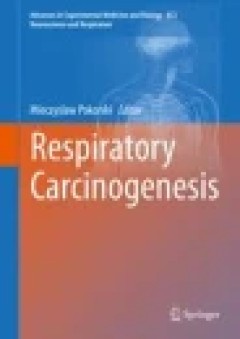
Respiratory Carcinogenesis
The book blends basic and clinical research on respiratory carcinogensis. The contributions tackle a variety of respiratory-related cancers, notably non-small cell lung carcinoma, pleural mesothelioma, mediastinal tumors, or larynx cancer. The focus is on the search for novel molecular markers, derived from easily accessible tissues in clinical settings, such as the serum or bronchoalveolar lav…
- Edition
- Ed. 1
- ISBN/ISSN
- 978-3-319-16922-4
- Collation
- -
- Series Title
- -
- Call Number
- -

Resistance of Cancer Cells to CTL-Mediated Immunotherapy
This comprehensive volume explores the latest research on the mechanisms of resistance in cancer cells to CTL-mediated immunotherapy. Chapter topics discuss cell-mediated immunity as the result of cytotoxic T-lymphocytes (CTL) directed specifically against cancer cells. In addition, the volume reviews how CTL mediate the cytotoxic activity, in large part, by the indication of apoptosis; hence, …
- Edition
- Ed. 1
- ISBN/ISSN
- 978-3-319-17807-3
- Collation
- -
- Series Title
- -
- Call Number
- -
 Computer Science, Information & General Works
Computer Science, Information & General Works  Philosophy & Psychology
Philosophy & Psychology  Religion
Religion  Social Sciences
Social Sciences  Language
Language  Pure Science
Pure Science  Applied Sciences
Applied Sciences  Art & Recreation
Art & Recreation  Literature
Literature  History & Geography
History & Geography